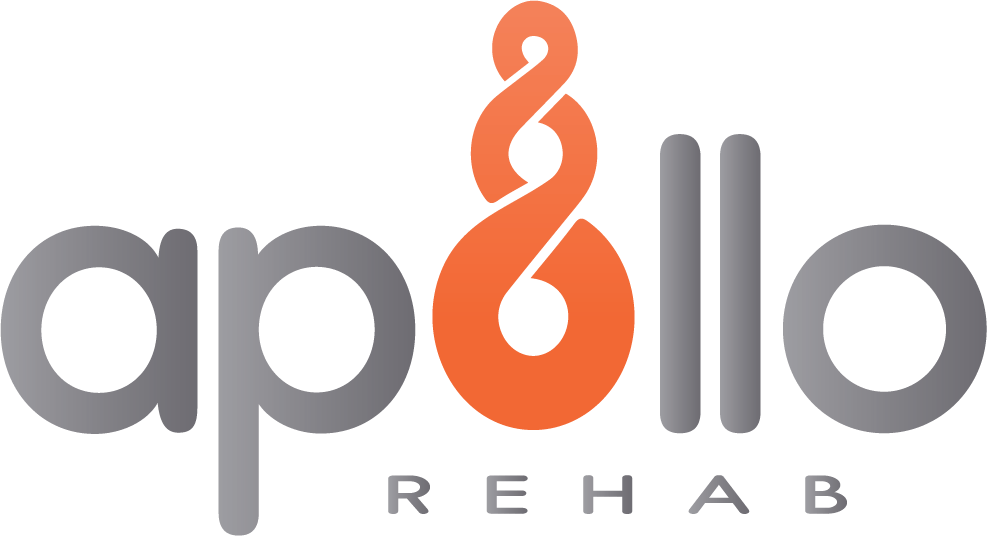

As I am currently working on my Doctor of Physical Therapy degree, I have become the family member and friend to go to for their injuries. Hamstring injuries are a common injury they will ask about. Whether they are high school athletes or recreational adults, they say something like this:
“My hamstring popped when running to 1st base.”
“My hamstring popped during my football game.”
“My hamstring popped during my track meet.”
What they all have in common: they know they injured their hamstring.
Next, I like to ask them, “what do you think you should do now?” Their responses are something like this:
“Just rest”
“Just rest and ice”
“Stretch it out”
You probably don’t know yet, but, all of my family and friends ALSO have this in common: they don’t know what to do when they hear their hamstring pop.
Of course, hamstring injuries can occur without hearing a pop. If that is the case, check out our extensive blog write up on a hamstring injury.
In this article, I will dive into:
I wish it was a simple answer. But, the human body is not simple, it’s complex, VERY complex. A hamstring pop can occur from poor flexibility, weakness, overuse, or due to a prior hamstring injury never fully recovering.
A hamstring pop most commonly occurs during running, dancing, or kicking, as the hamstrings are undergoing an eccentric contraction.
I explained what an eccentric contraction is in my previous blog post on a hamstring injury.
To review, an eccentric contraction, refers to muscles activating and increasing in length at the same time. This type of contraction leads to lots of stress in the hamstrings, and ultimately leads to an injury.

Everything I mentioned above deals with what causes a hamstring injury, but does not talk about what caused the “pop.” That is because the cause of a hamstring injury with or without a pop, is the same: an eccentric contraction.
However, what the sound of a hamstring pop does indicate is: a more severe hamstring injury.
Although a hamstring pop does indicate a more severe injury, there are different kinds of injuries that could occur. The most reported hamstring injury associated with a pop are partial thickness tears and complete proximal hamstring avulsions.
Hamstring strains are classified by grade I, II, or III depending on severity. A hamstring pop indicates a grade II (partial thickness tear) or grade III (complete proximal hamstring avulsions) [1].
A partial thickness tear refers to the hamstring muscles partially tearing. On the other hand, a small chunk of bone in the hip is detached in a complete proximal avulsion fracture. The term “avulsion fracture” refers to the bony detachment that occurs in complete tears.

It is important to decipher between a grade II and grade III hamstring injury, as they are treated differently.
As I just mentioned, a hamstring pop indicates a more severe hamstring injury.
For that reason, extra attention is warranted. From imaging, deciding surgery, and physical therapy, there are important differences that I will cover next.
An ultrasound is usually sufficient in identifying partial thickness tears. However, an MRI may be necessary to identify a “sickle sign”. A “sickle sign” describes the shape of a partial thickness tear and only appears in an MRI [1].
X-rays or ultrasound are necessary in complete proximal hamstring avulsions to assess if any bone was detached.
This is especially important for the younger population, as their bones are still growing. Failure to identify an avulsion fracture in this population can lead to more issues down the road, such as ischiofemoral impingement [1].
Physical Therapy is the first line of defense for partial thickness tears. Only when Physical Therapy fails is surgical treatment indicated [1].
Why is that you may wonder?
It is because the majority of individuals with a partial thickness tear fully recover with Physical Therapy. If surgery was the first line of defense, a lot of unnecessary surgeries would occur. Also, A LOT more money would be leaving your pockets!
Complete proximal hamstring avulsions are a little more complicated.
For the most part, surgery is indicated, especially in the athletic population. A rule of thumb to go by is if the avulsion fracture is retracted 2 cm or more, then surgery is indicated [2].
That being said, Physical Therapy can be an option for those not looking to return to competing in a sport.
I advise that you ALWAYS talk with a qualified health professional when deciding on surgery as the first line of defense for a complete proximal hamstring avulsion.
A similarity that both partial and complete tears have in common is they BOTH require Physical Therapy at some point.
When it comes to Physical Therapy for each type of injury, the main difference is the time frame when certain exercises are completed.
That is, the exercises that are used for both partial and complete tears are the same, it just comes down to the right time to complete them.
For partial thickness tears, treatment will begin with a period of light strengthening exercises and gradually progressing to advanced exercises.
Everyone’s recovery differs, but you should expect to complete Physical Therapy for 1-2 months for complete recovery.
For a complete proximal hamstring avulsion, more precautions are warranted. If you opt to not have surgery, there will be a period of rest and activity limitation to allow the avulsion fracture to heal. This period can take anywhere from 3-12 weeks.
If you opt for surgery at the start, you will typically begin by wearing a brace and using crutches for 6 weeks [3]. This will allow the tissue and fracture to heal correctly.
Regardless if you opt for surgery or not with a complete proximal hamstring avulsion, once this tissue has healed, it is time to start Physical Therapy.
Physical Therapy will begin in a similar fashion as a partial thickness tear, BUT PROGRESSION WILL TAKE MUCH LONGER.
You should expect to complete Physical Therapy anywhere from 6 months to a year with a complete proximal avulsion tear.
After reading this blog post, I hope you understand what could be going on if you ever hear your hamstring pop in the future.
If you know already that your hamstring popped in the past, but the pain went away, and reading this article just made you aware of it… well, I hope you got something out of this blog too!
When a hamstring pop occurs, it is a more severe injury, and thus, it requires a lengthier recovery.
That being said, don’t let “Physical Therapy for months to a year” scare you.
Your Physical Therapist should be able to provide exercises to complete at home on your own.
That way, you will eventually only need to attend Physical Therapy when you want help progressing exercises, or other assistance!
This site uses Akismet to reduce spam. Learn how your comment data is processed.

No Comments